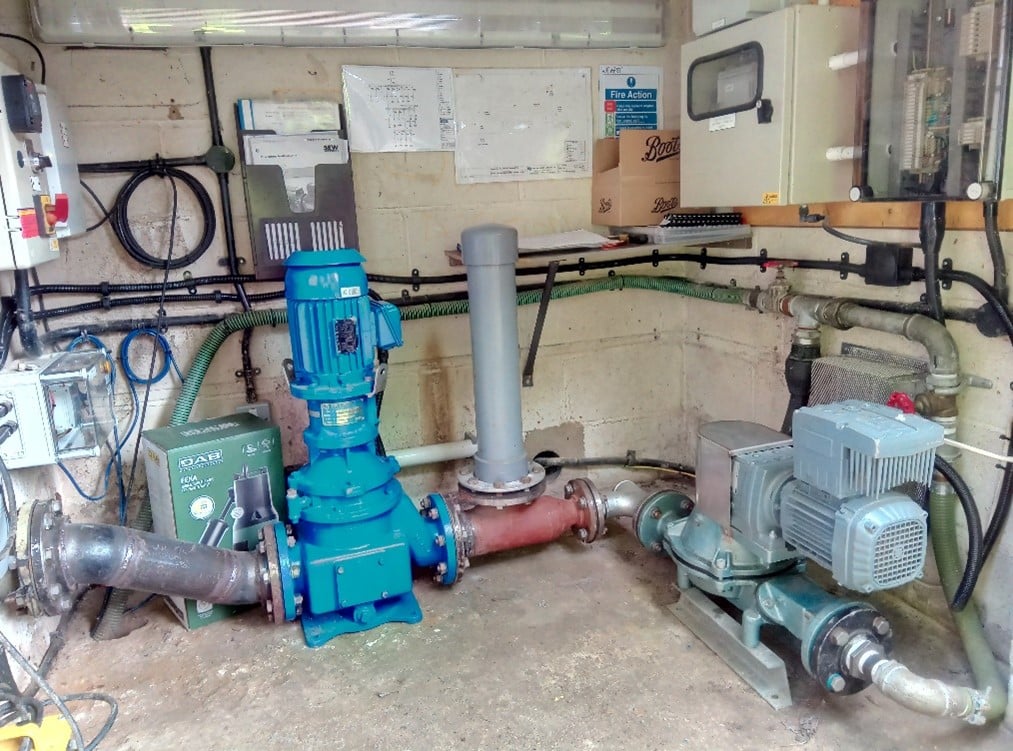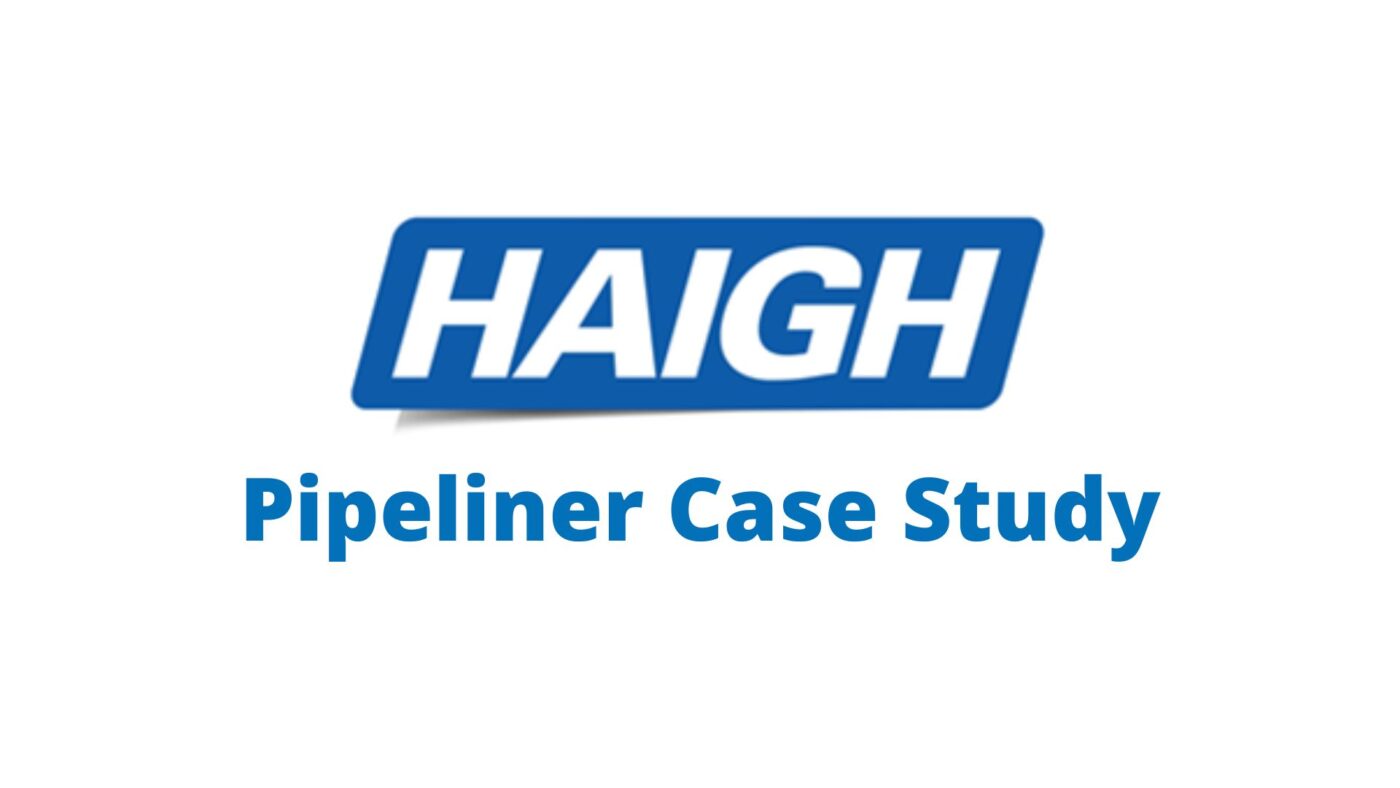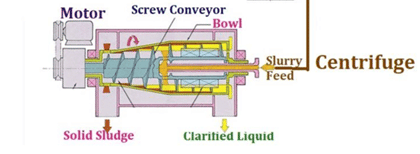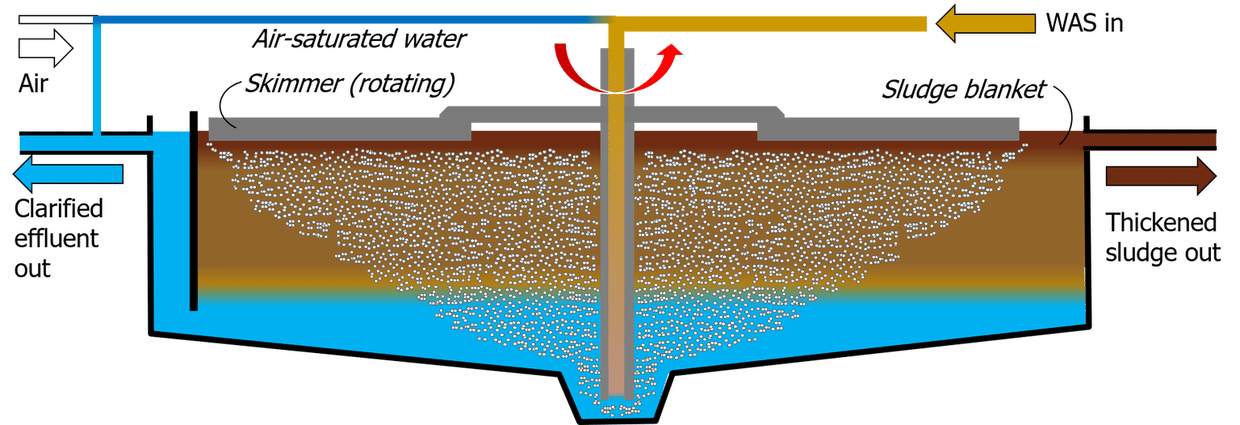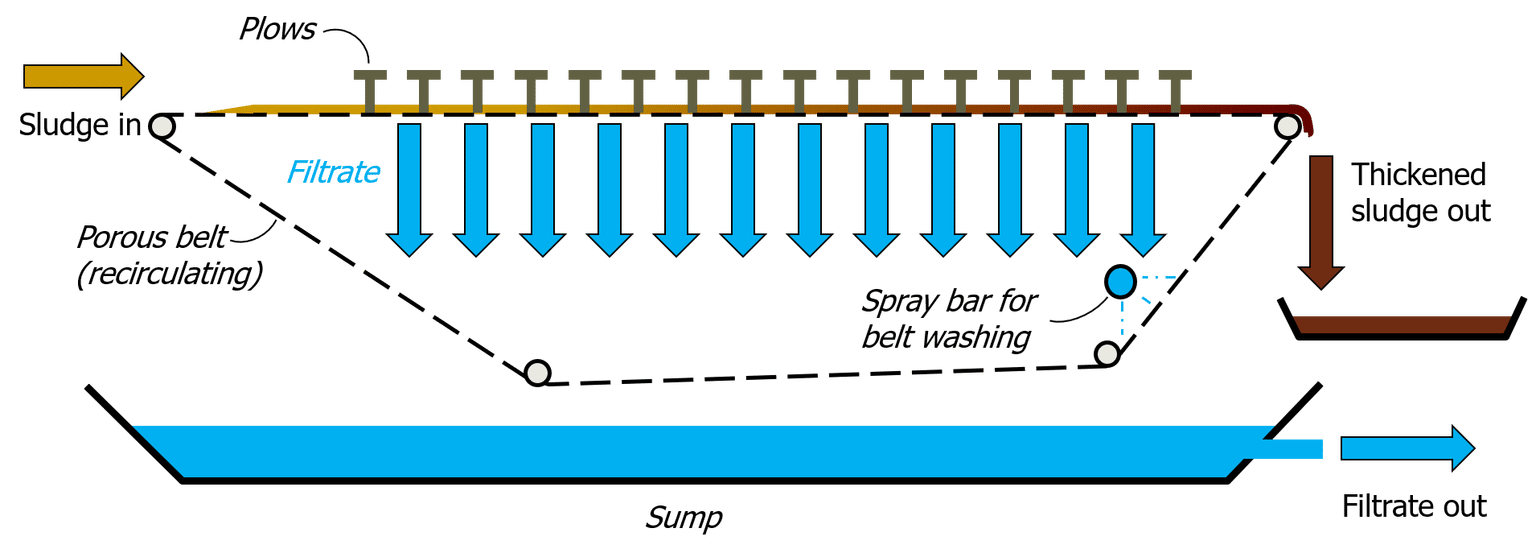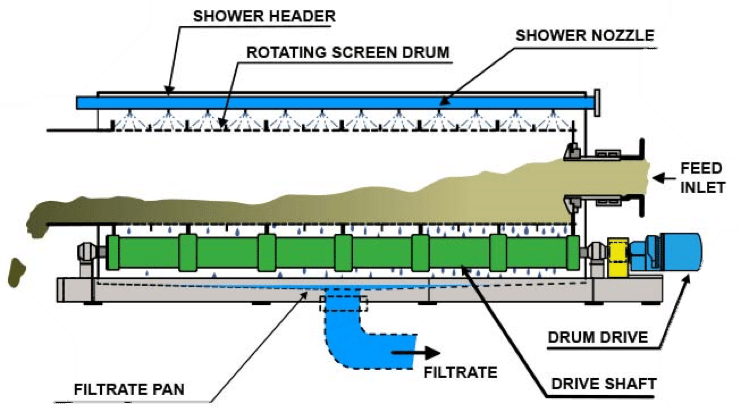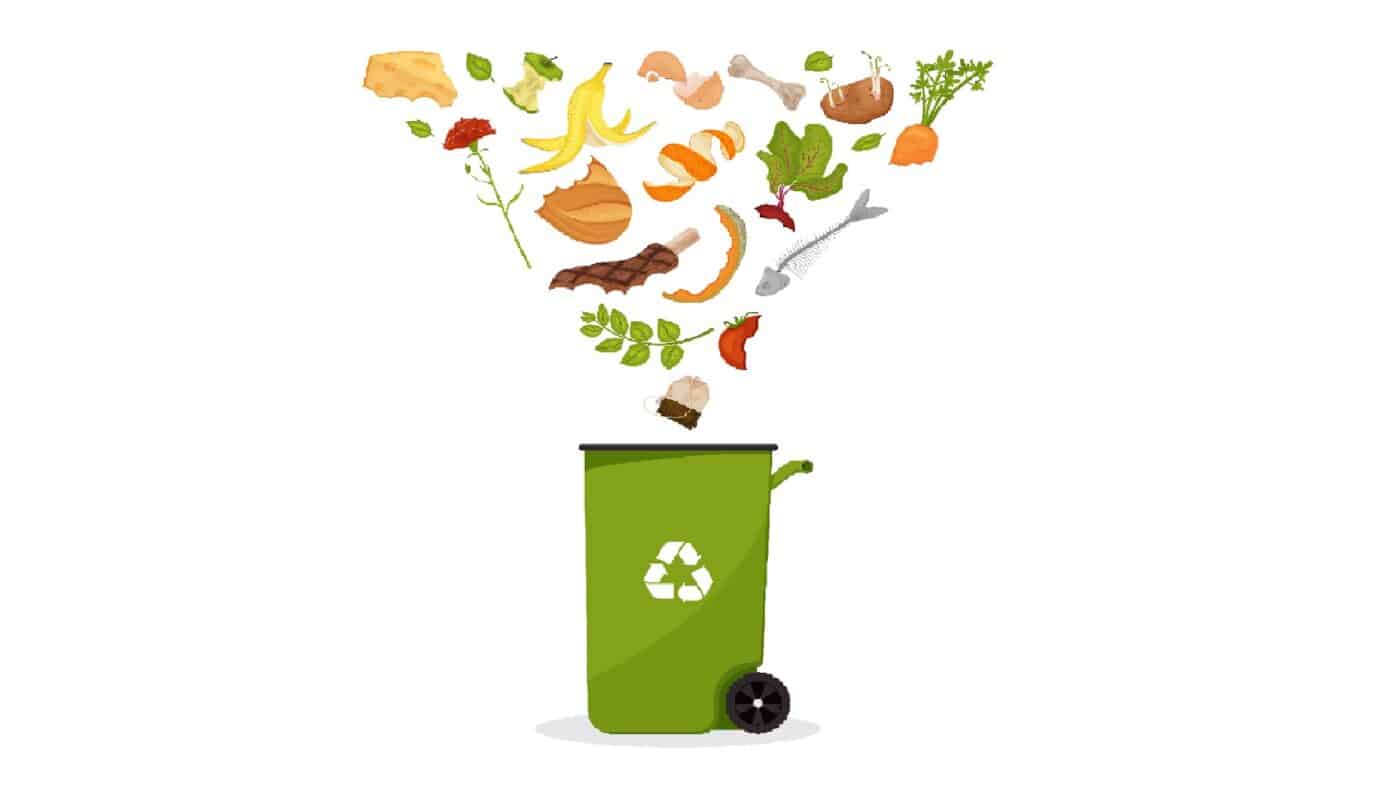The United States government have just passed the biggest climate bill in the history of the country, the Inflation Reduction Act (IRA). Whilst most see it as a major win for the climate and cutting greenhouse gas emissions, some companies aren’t so fond of the bill considering they will be the ones paying for it.
What is the Inflation Reduction Act?
The Inflation Reduction Act, or IRA as it’s commonly known, is a bill that aims to tackle important issues and rising inflation. The IRA 2022 bill has focused more on the reduction of contribution towards global warming and is a bid to be on track to meet the goals set out in the 2030 Paris agreement. With the United States being one of the highest emission countries, President Biden has pledged that the U.S will achieve net zero by 2050.
Where Is the Money Coming From?
The IRA 2022 is set to recover $749 billion. Of this amount, $369 billion will be focused on climate-related emissions reduction. These include Anaerobic digestion processes, biofuel production, wind, solar and biomass.
The US government is introducing a 15% minimum corporate tax on large corporations and a new 1% tax for companies purchasing their shares, which is set to take effect in 2023.
What Does The Inflation Reduction Act Mean for Biogas?
Tax credits that were once given to Anaerobic Digestion were commonly only one or two years in length. This led people in the industry to start guessing whether funding or incentives would be pulled from the industry and make it less viable for projects going forward. However, given the new Act that has been passed, project developers and land owners can now see these credits and incentives made near enough permanent for the next 10 years through eligibility provisions.
This means that on a project level, some developers can expect to see up to 50% investment tax credits (ITCs) or more of a qualifying project. This is compared to the usual 30% that they would have seen in past times.
There is also a big emphasis on carbon capture. This is shown by $100 billion being given to support federal, state and local projects to ensure carbon is captured directly from the air. Tax credits for industrial facilities and power plants will now increase from $50 per ton to $85. This incentive also aids the planning of a reduction in greenhouse gases (GHG).
The American Biogas Council’s View
The American Biogas Council are extremely please with the new bill being passed.
‘Before this bill, our industry had only benefitted from short one- to two-year extensions of a tax credit that served one sector of the biogas industry. While trying to attract investment to projects that take years to build and competing with other industries with long-term tax credits, this was not a long-term solution. For the first time, this bill gives developers and financiers certainty and a competitive edge that will fuel growth of the biogas and clean energy industries for years to come.’
One thing is for certain, the US government passing this IRA shows their intent on cutting emissions and funding alternative energy sources across America. This not only gives certainty to each industry but shows intent in pushing towards their goals of cutting green house gas emissions as per the Paris agreement.
For Anaerobic Digestion in particular, the US has 2,300 operational biogas systems. This is said to be only 15% of its potential. This means that with the backing of government, increased incentives, major improvements in knowledge and technology we can be certain that the future for the US Anaerobic Digestion industry certainly looks promising.
References –
The IRA Revolutionizes AD Tax Credits | BioCycle
The US Inflation Reduction Act Explained | Earth.Org
Biogas industry applauds House passage of Inflation Reduction Act with ‘historic’ implications | Waste Dive
American Biogas Council Applauds Passage of Inflation Reduction Act and Historic Investment in Clean Energy – American Biogas Council
